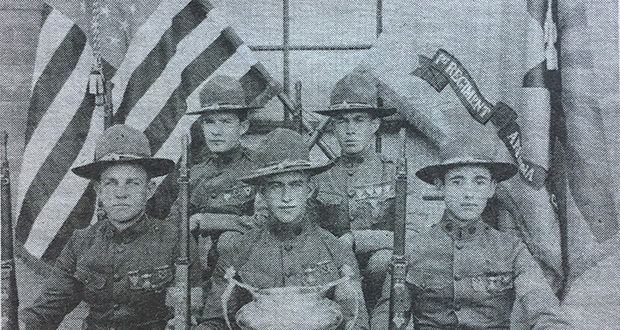Downtown Page in 1958
Arizona Capitol Reports Staff//June 1, 2007//[read_meter]
Downtown Page, 1958. If a clever photo editor removed the 1955 Cadillac, the “Parking Area” sign, and the Firestone store’s prominent display of tubeless tires and shiny bicycles, the image...
No tags for this post.

















